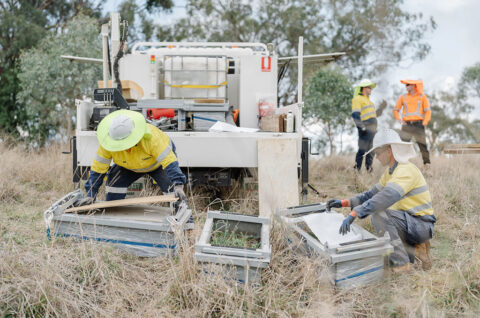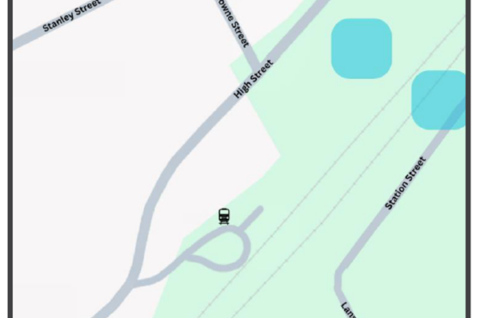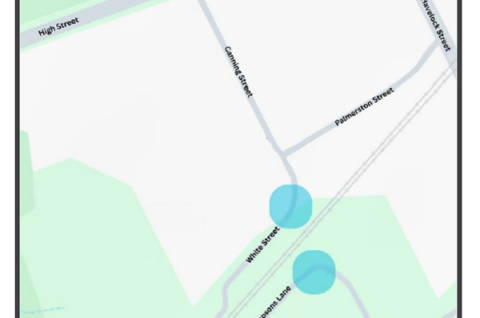How does a dual-gauge railway track work?
When it comes to railways, the distance between the two steel rails of the train track is called the ‘gauge’. Inland Rail will include ‘dual gauge’ track. But what does this mean?
June 10, 2024
Trains can only run on a track that exactly matches its gauge requirements. However, a dual-gauge railway track allows for the operation of trains using two different track gauges. Dual gauge track usually consists of three rails – one ‘common’ rail and two closer together rails that accommodate for two different axle widths.
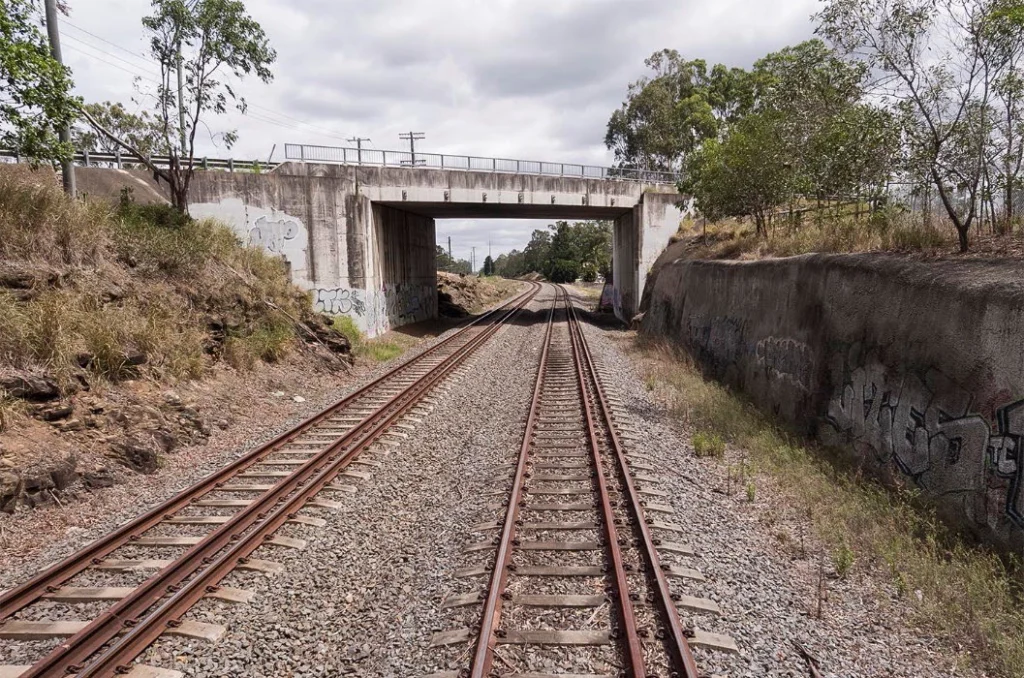
A dual-gauge track in Queensland.
Rail gauge in Australia
In a perfect world, all train track gauges would be the same and so any train would be able to run on any railway track. But, in Australia, this is not the case.
That’s because our nation’s railways were constructed at different points in our history. Each line was built to suit their location, business requirements, state government standards, technological capabilities, available locomotives and transportation needs that applied at the time they were built. The result is that Australia’s railways do not all have the same rail gauge.
There are three main gauges used across Australia’s 33,000kms of operational heavy railways. For example, the rail gauge used for most of Queensland’s tracks is called ‘narrow gauge’, which is just over one metre wide. But, the majority of New South Wales’s track is wider, called ‘standard gauge’, which is just over 1.4m wide. Victoria’s rail network is a mix of ‘standard gauge’ and ‘broad gauge’, which is 1.6m wide.
Australian Rail Gauges: Widths and Use
| Gauge name | Width between rails |
% of network |
|---|---|---|
| Narrow Gauge | 1,067mm | 36% |
| Standard Gauge | 1,435mm | 55% |
| Broad Gauge | 1,600mm | 8% |
Source: Trainline 10, Australian Bureau of Infrastructure and Transport Research Economics
Why does track gauge matter?
Trains have metal wheels that are set a certain distance apart by a fixed metal bar (axle). This is called a wheelset. Typically, the rail line’s gauge needs to match that wheelset width for a train to be able to run on the track*.
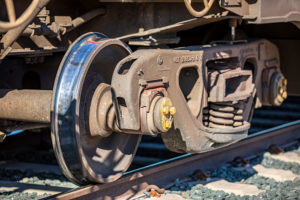
Close up view of the wheel train system on track, Parkes, New South Wales.
Trains need to stop when they reach a section of track that has a different width to their wheelset. Cargo or passengers must be transferred onto another train or other form of transport for the journey to continue, which adds time and expense to the trip.
Where the different gauged train lines meet is called a ‘break of gauge’.
What is dual gauge railway track and why is it used?
To bridge the gap between the different gauges, and to prevent a ‘break of gauge’, a third rail is added to the track. This is called a ‘dual gauge’ carriageway.
This third rail allows, for example, a train with a standard-gauge wheelset and a train with a narrow-gauge wheelset to run on the same line.

Will Inland Rail be dual gauge?
Part of the Inland Rail track is designed to be dual gauge. About 200km of new dual-gauge track is planned, as part of Inland Rail’s NSW Border to Gowrie section. The dual-gauge section will stretch from the NSW border, near Yelarbon, to Gowrie Junction, north-west of Toowoomba (subject to approvals).
This new section of dual-gauge track will avoid a break of gauge by bridging the gauge gap between the existing narrow-gauge track in Queensland and the standard gauge section of Inland Rail in regional New South Wales (called the North Star to Border section of Inland Rail, which is subject to approvals).
Inland Rail complements existing freight transport infrastructure by providing a consistent track standard which enables freight operators to use the same rolling-stock (locomotives, carriages, wagons or other vehicles used on a railway) anywhere on the national rail freight network.
The selected Inland Rail route uses 60% existing corridor and connects to existing regional rail lines. This connection with existing rail networks is fundamental to supporting Inland Rail’s delivery of regional economic benefits.
*Another way for different gauge to be bridged is by the use of a ‘variable gauge’ train. These are specially designed trains that can adjust their wheel width to match the track gauge.
Inland Rail is a 1,600km freight rail line that will connect Melbourne and Brisbane via regional Victoria, New South Wales and Queensland.
